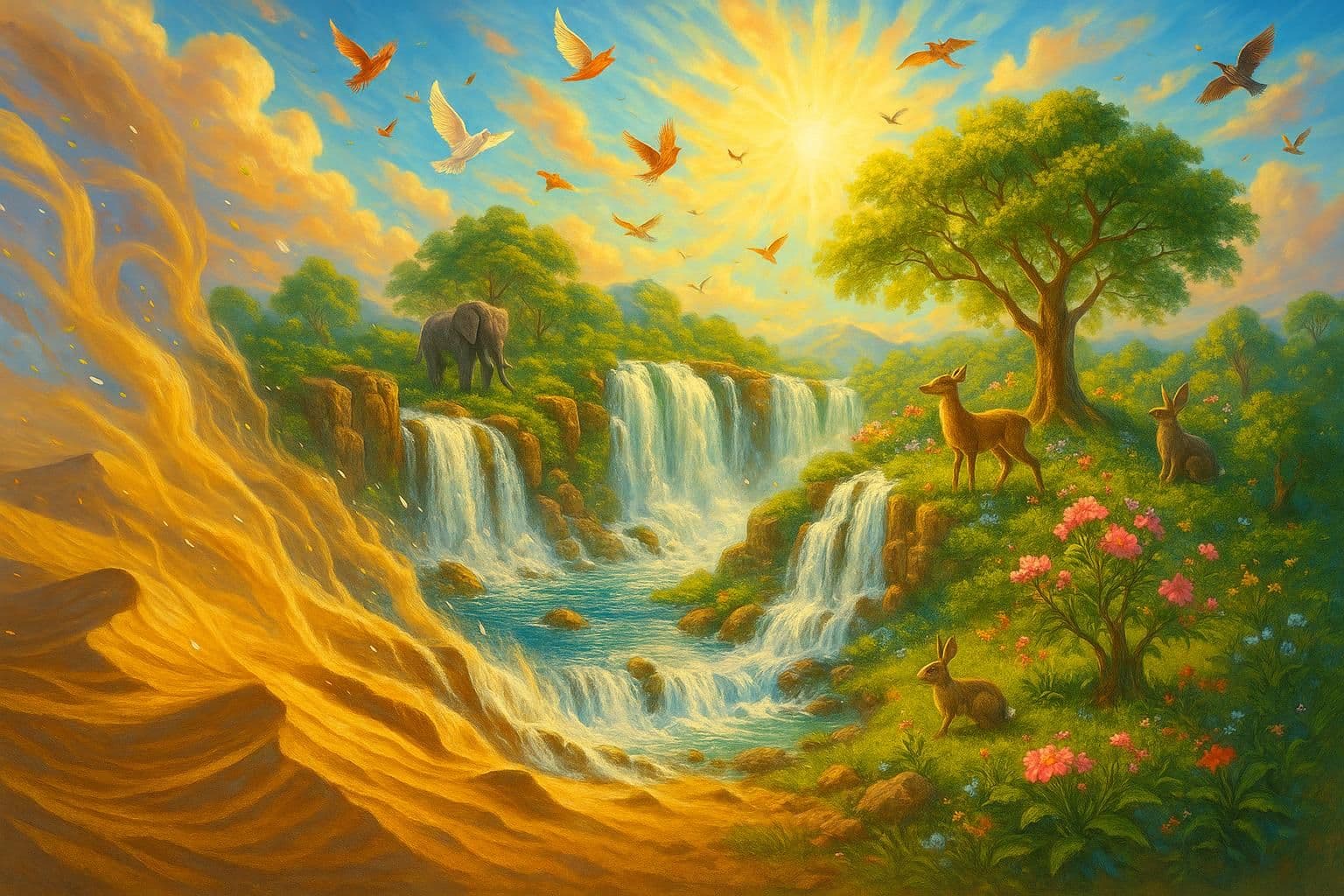Unveiling the Soul Through the Language of Dance

Dance is the hidden language of the soul. — Martha Graham
The Essence of Movement as Expression
Martha Graham's iconic statement positions dance not merely as a physical activity, but as a profound communicative act. She suggests that beyond spoken words, the body possesses its own vocabulary—movements that convey emotions, stories, and inner truths. Much like language reveals our thoughts, every gesture and rhythm in dance becomes an articulation of the dancer’s soul, offering insight into feelings that elude verbal description.
Historical Roots of Dance as Sacred Expression
Tracing this idea through history, ancient traditions often linked dance with spirituality and communal identity. For example, in traditional Balinese ceremonies, ritualized movement invites the divine, expressing collective hopes and fears. These practices exemplify how cultures across eras have used dance to externalize the inner self, aligning Graham’s concept with longstanding beliefs in movement as a spiritual language.
Modern Dance and Emotional Authenticity
Bringing us into the modern era, Graham herself revolutionized dance by prioritizing authenticity and emotional intensity over technical perfection. Her choreographic innovations emphasized contraction and release, mirroring psychological tension and release within the human soul. In works like 'Lamentation' (1930), the raw physicality becomes a vessel for grief, making invisible emotions perceptible onstage.
Psychological Insights Into Nonverbal Communication
Beyond aesthetics, psychology affirms that nonverbal cues often communicate our true feelings more honestly than words. Pioneering researcher Albert Mehrabian argued that much of emotional meaning is transmitted through body language rather than speech. In this context, Graham’s metaphor underscores how dance—an amplified form of bodily expression—can reveal desires, anxieties, and joys that would otherwise remain suppressed.
Dance as a Universal Bridge
Ultimately, the ‘hidden language’ of dance transcends linguistic and cultural barriers, creating a shared human experience. From the flamenco tablaos of Spain to urban hip-hop battles, the soul’s silent stories are told through movement. Thus, in Graham’s vision, dance becomes a universal translator—connecting individuals across time and place by bringing the most intimate truths of the soul into the open.